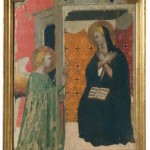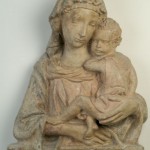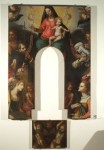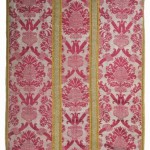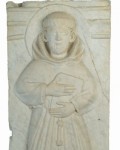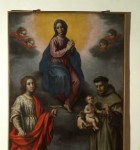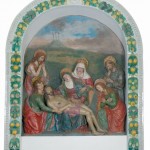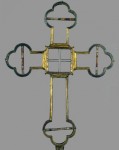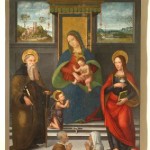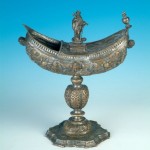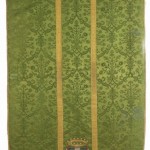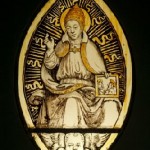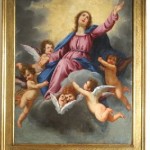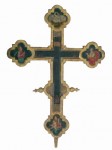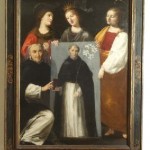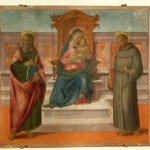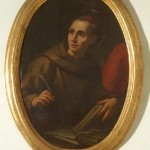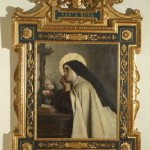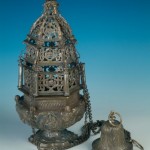Located in the former convent of San Francesco, the museum houses an important collection of paintings, sculptures and sacred furnishings and vestments that bear testimony to the historical importance and artistic vitality of the area of Greve in Chianti.
The convent of San Francesco, erected on a hill at the beginning of the old road to Montefioralle, was built during the first half of the 16th century for the Santa Croce friars of San Casciano. It was actually a Hospice that offered shelter to the Franciscans walking between Florence and Siena, as well as to the begging friars of the territory. Following the “suppression” campaign of 1866, the convent was abandoned by the Franciscans; it served as a prison until 1927 and later as living quarters.
The museum was set up with an agreement between the Municipality of Greve in Chianti and the Diocese of Fiesole with the aim of housing the sacred works of art coming from the neighboring churches.
The visit starts in the oratory of San Francesco, where one can admire a splendid polychrome terracotta depicting the Mourning for Christ, attributed to Santi Buglioni. The work is framed by an arch of fruit and flower festoons in clear Della Robbia style, topped by a cherub.
The 18th century frontal that adorns the altar below the Mourning is made of natural straw. On the sides of the altar are two 17th century paintings portraying St Peter. Two other paintings are located in the space below the presbytery, while on the entrance wall is a Madonna of the Rosary in late-mannerism style dated 1615 and signed by Francesco Boldrini. Opposite stands a large painting depicting the Apparition of Christ to a saint, supposedly St Alessio.
The oratory installation ends with a small group of sculptures, two of which – dating back to the first half of the 15th century – are of particular interest. One is a marble bas-relief originally kept in the church of San Pietro in Sillano portraying St. Francis; the other is a stucco (which was originally painted) with Madonna and child, attributed to the Florentine sculptor Nanni di Bartolo. On the other side stands the third sculpture: a statuette reliquary in carved, painted wood (second half of the 17th century) of Madonna and child.

